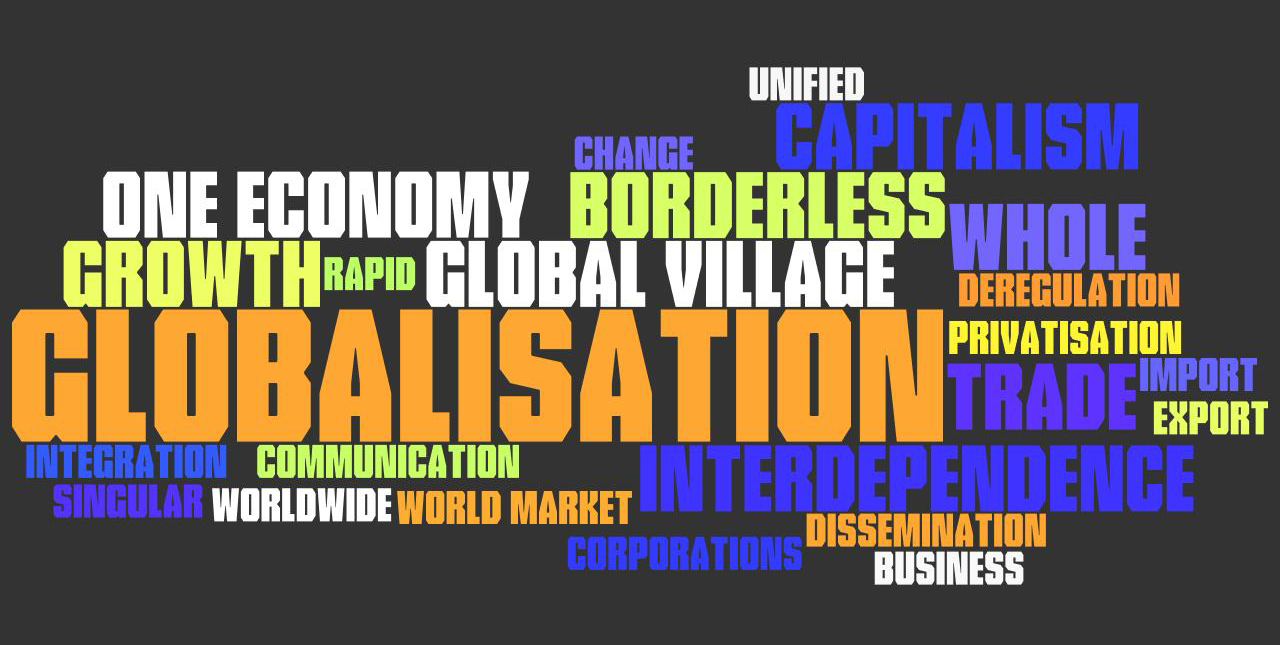
The paper concludes that charter cities are an ideal way to effectively manage twin global processes: wall building and new city construction.The mapping of advanced producer and financial service firms across global cities began to increase understanding of the role of cities in global governance, the presence and influence of cities in the shifting architecture of global political economy, and the role of globalization in shaping the landscape of local and regional governance.

We also look at four historical case studies and themes related to wall construction, including to protect people, keep people in, promote urbanization, and inequality. The paper also introduces the history of wall building and two neglected facets of contemporary globalization: new wall construction and new city construction. This paper asks the question, “What are the economic and social consequences of building walls?” We use a historical case-study methodology by returning to the last great age of wall building, the first few centuries of the Common Era (100-600CE), to search for lessons. This paper shows that we are instead amidst a new age of wall building and that the rise of walls is closely associated with another neglected facet of globalization, the creation of new cities by private enterprise. It was easy to assume that the global Age of Walls was over. The global association of cities with walls seemed to change in 1987 when Ronald Reagan traveled to Berlin, stood by the Berlin Wall, and urged the Soviet Premier to “tear down this wall.” The European Union (EU) soon after began expanding eastwards, permitting free movement of people, goods, and investment across most of Europe.


China is synonymous with walls partly because of its much longer established urban civilization. Walls have existed for as long as humans have lived in cities.


 0 kommentar(er)
0 kommentar(er)
